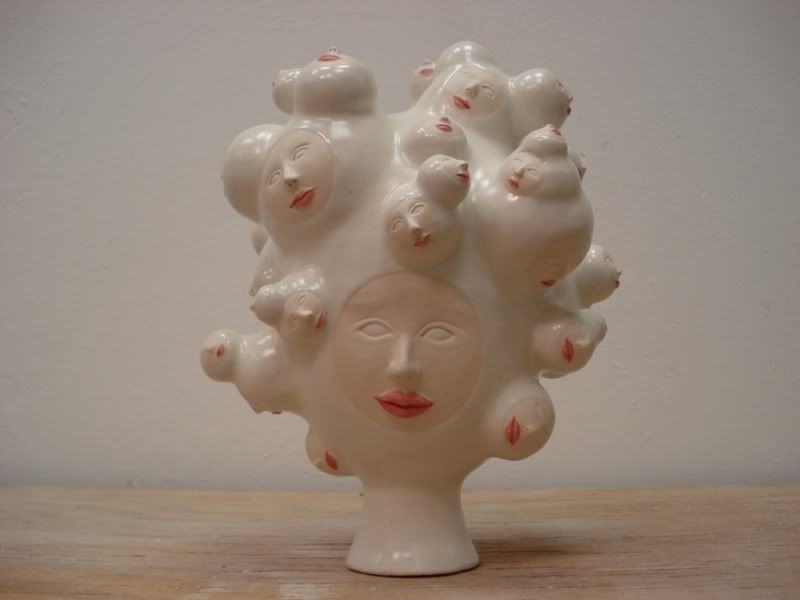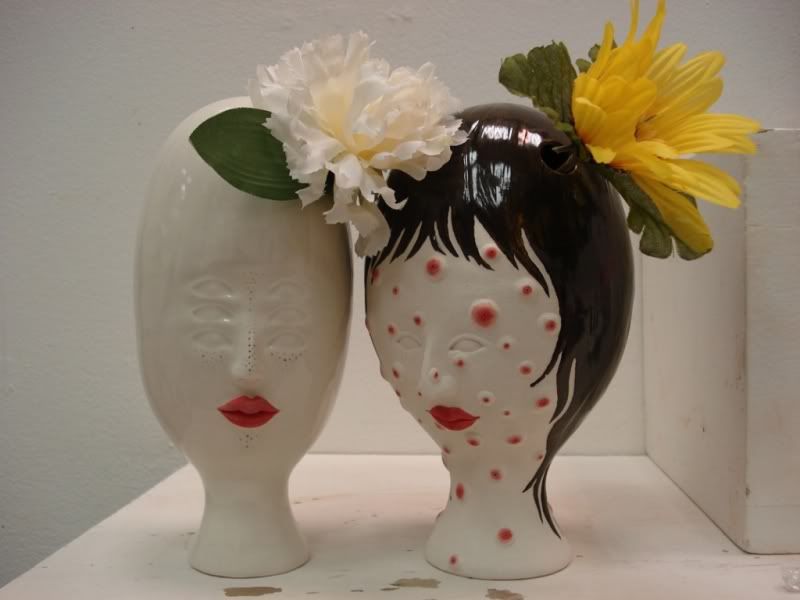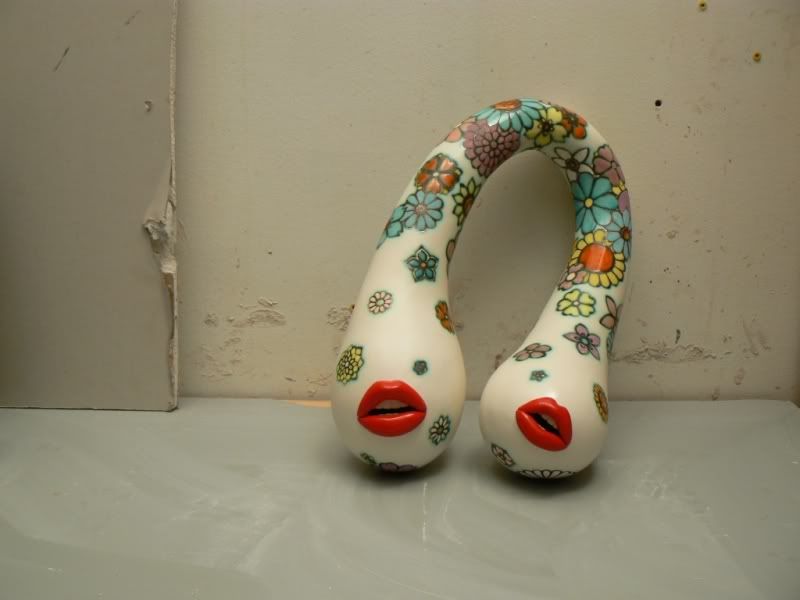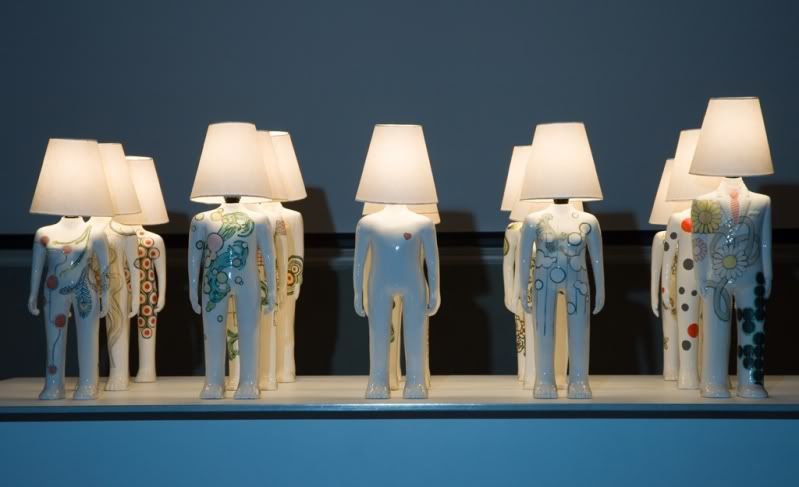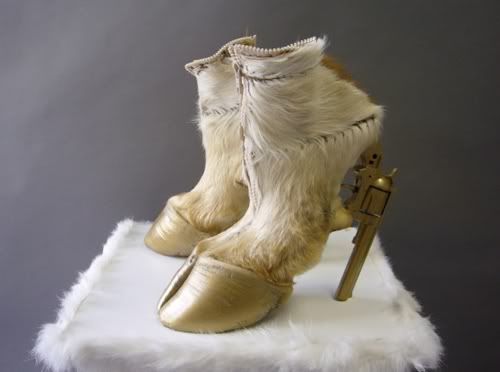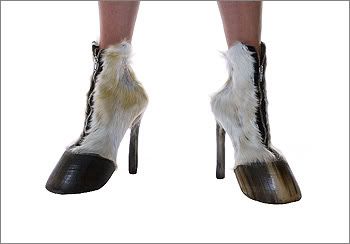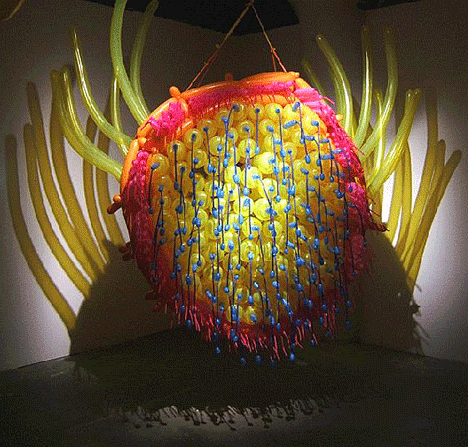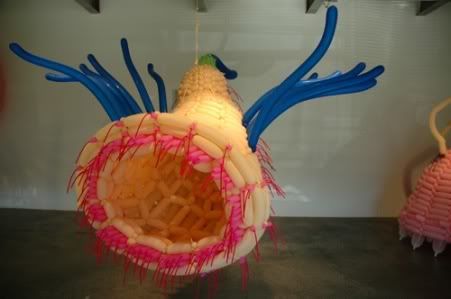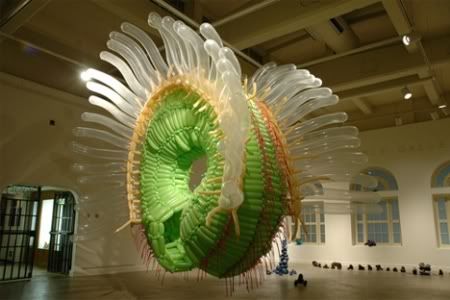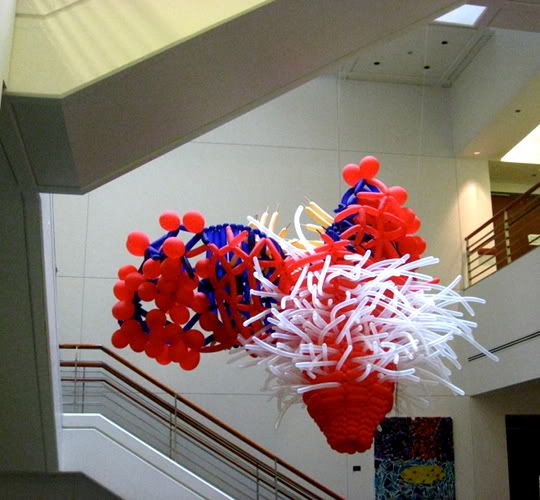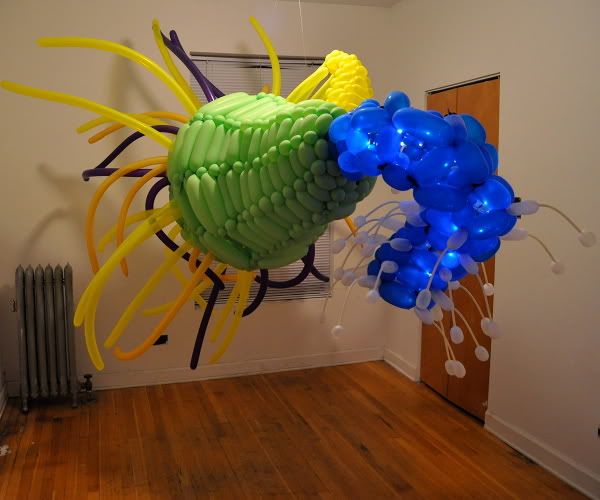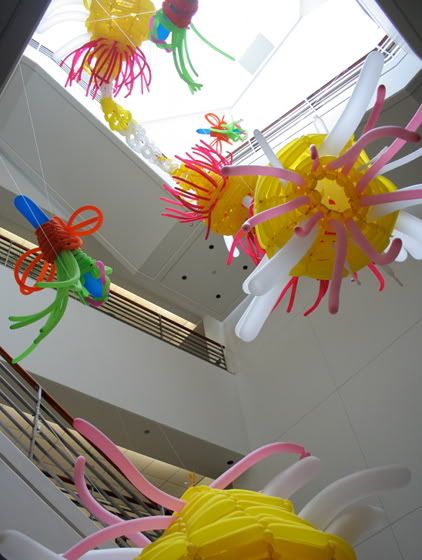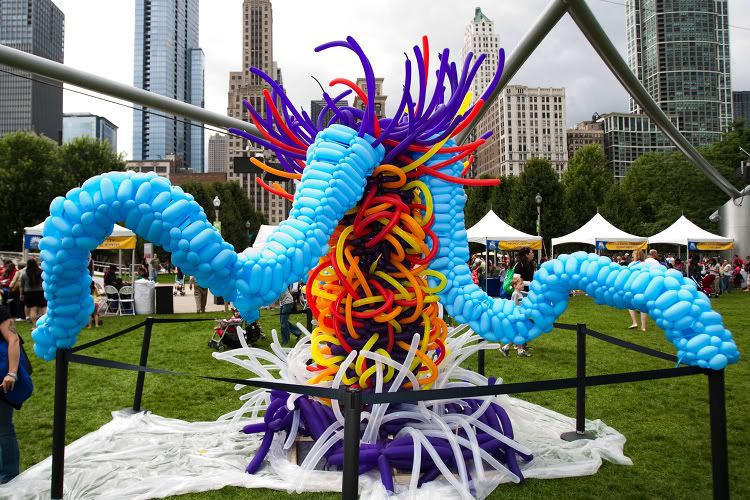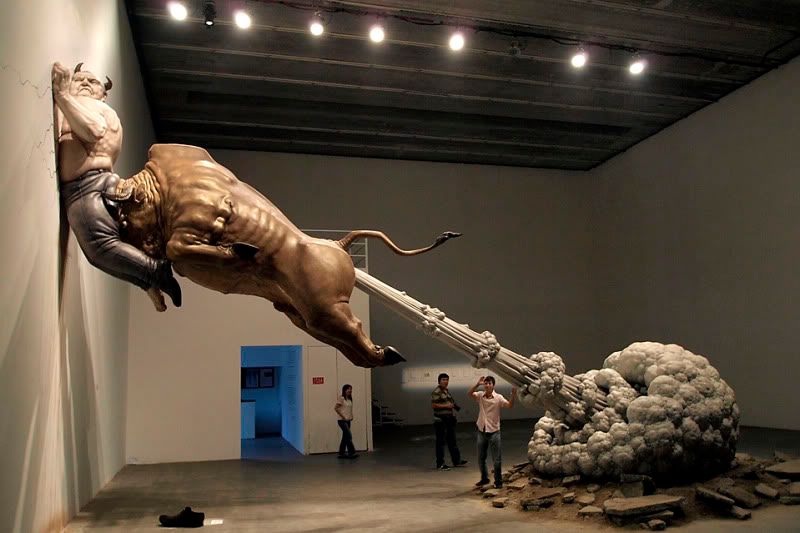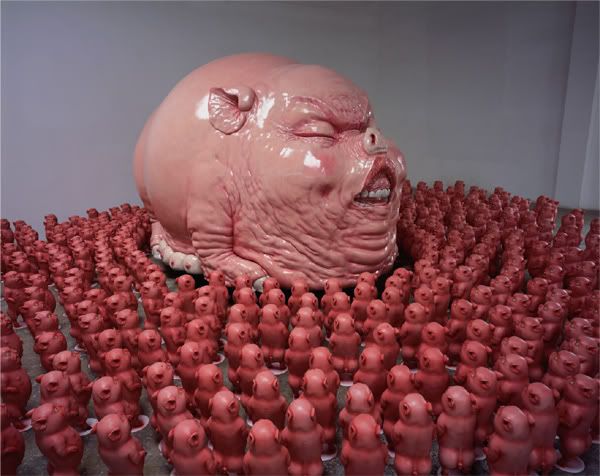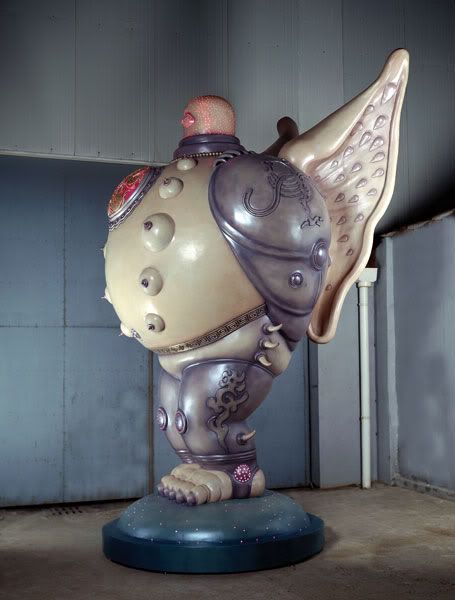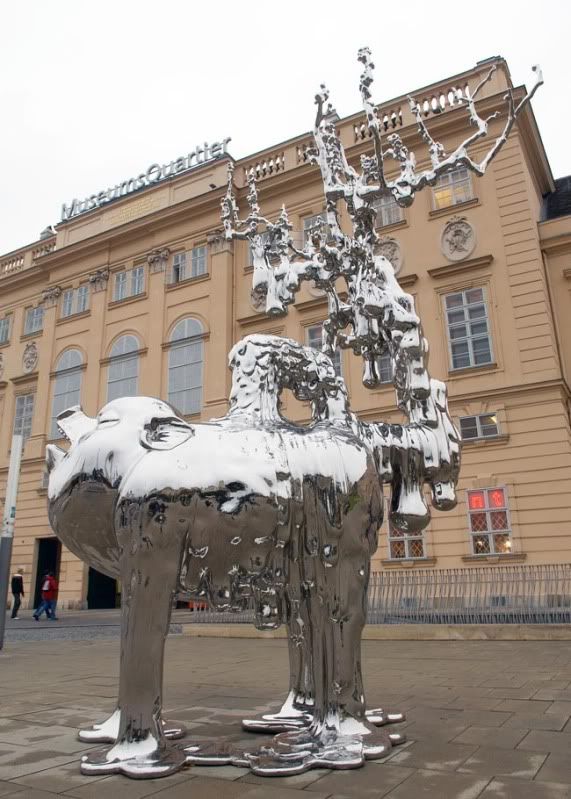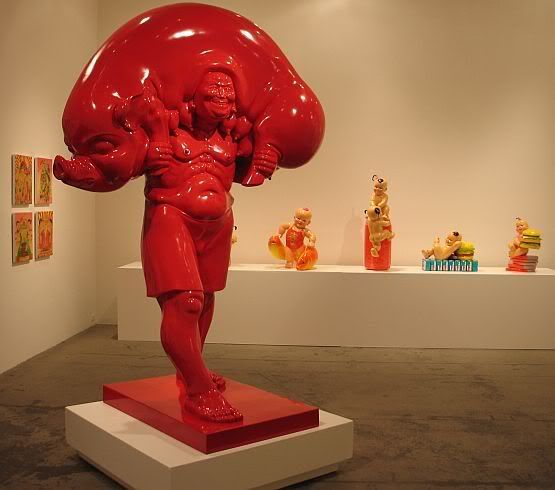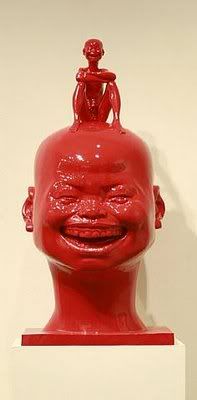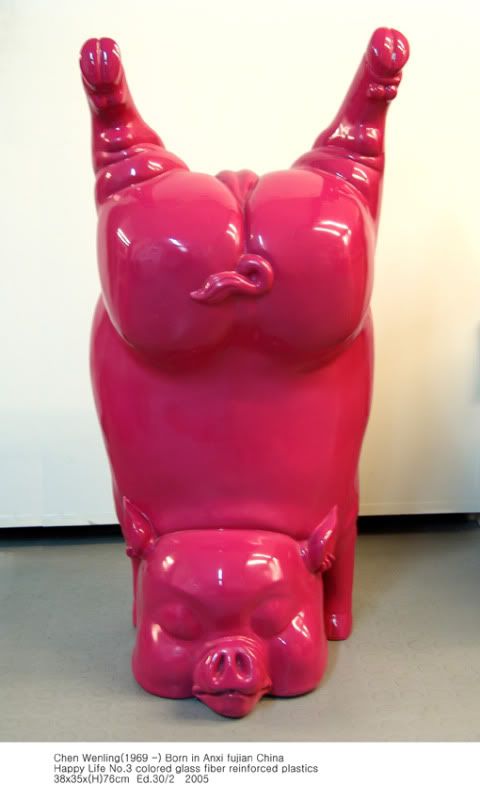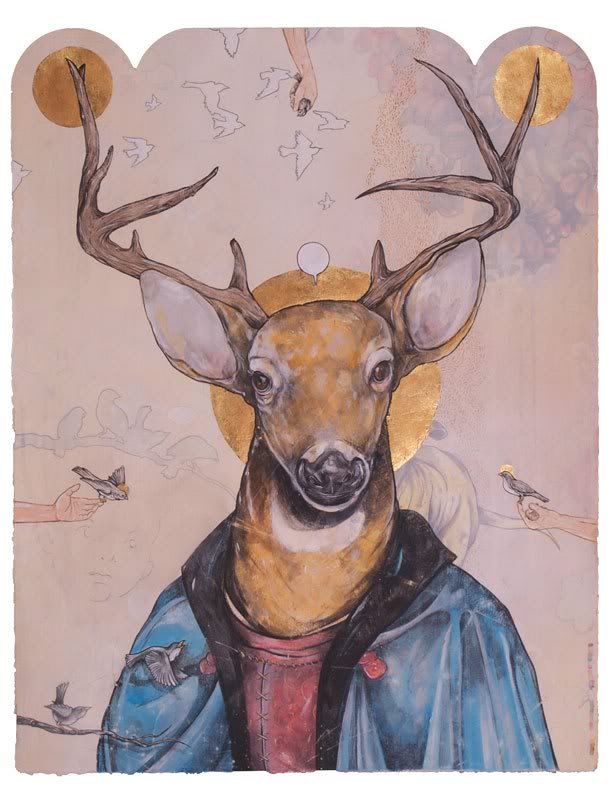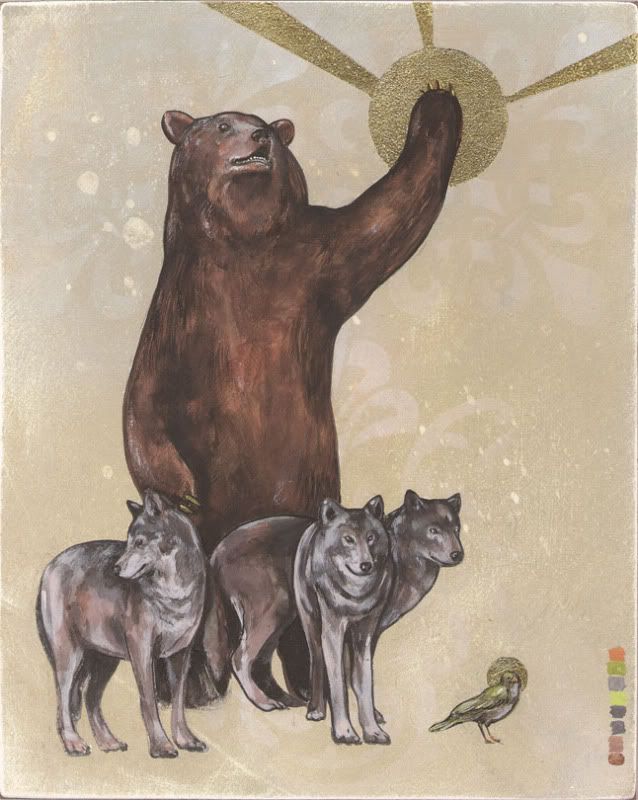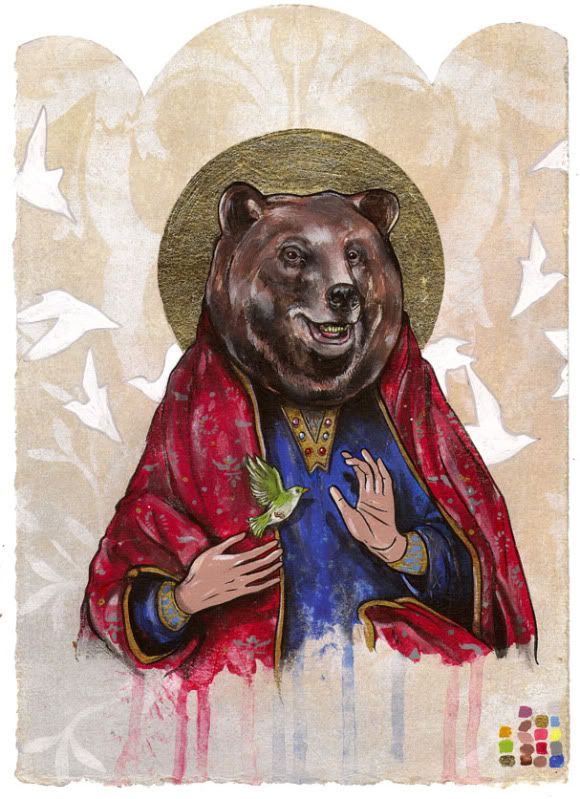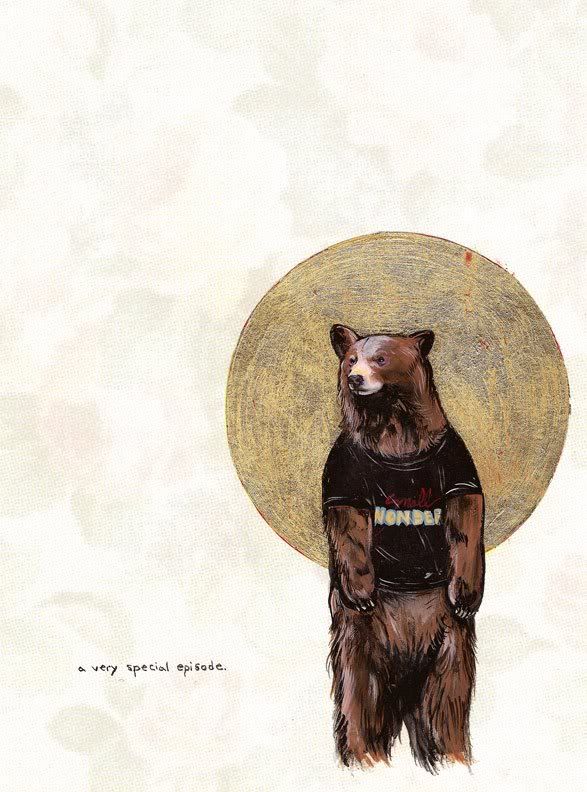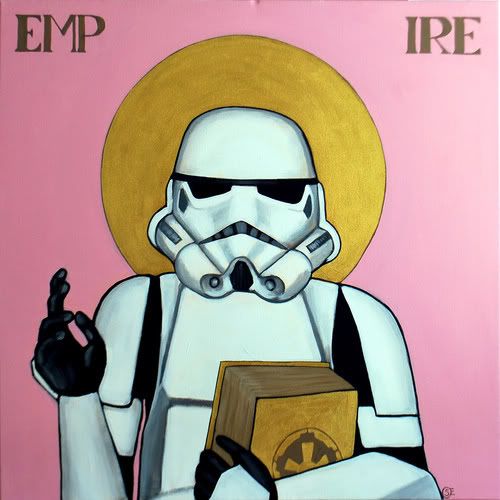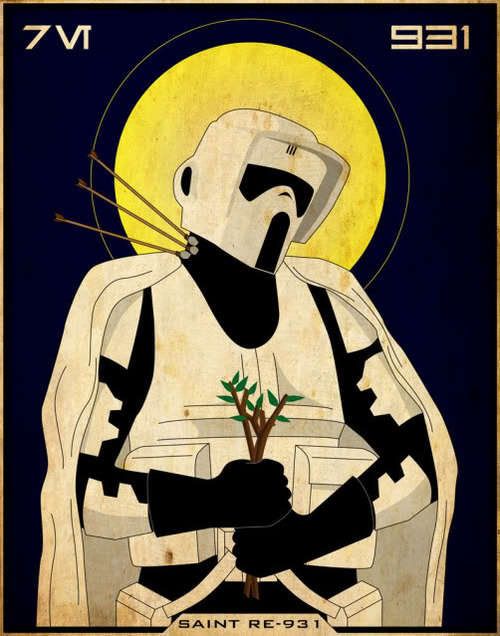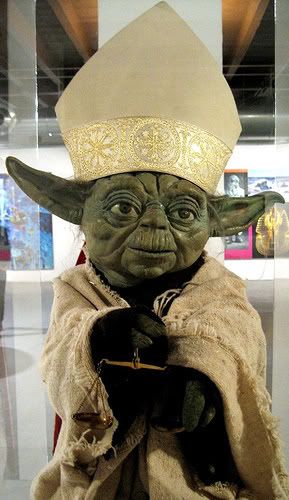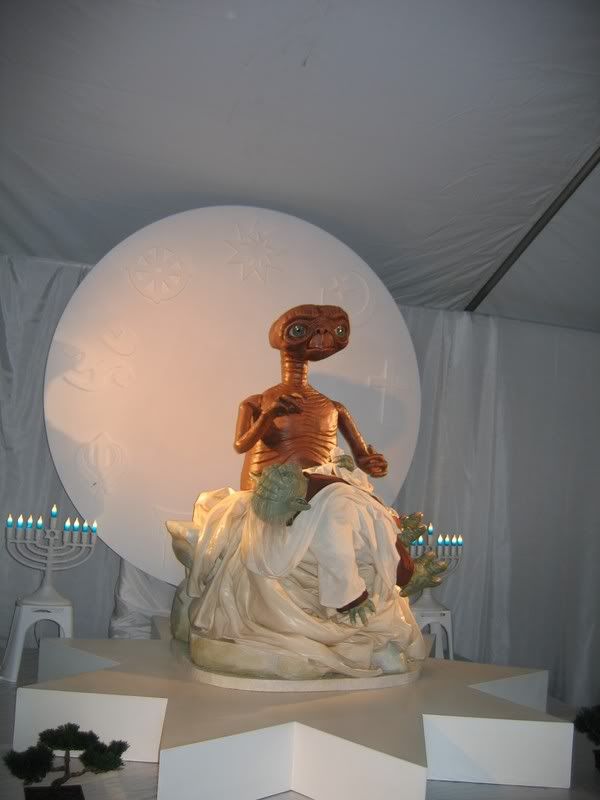 |
Mary Delany, Crinum Zeylanicum: Asphodil Lilly,
a paper collage, 1778 (via The British Museum) |
The lovely and precise paper collage, or as she called them 'mosaicks' depicting various botanical illustrations by Mary Delany were recently brought to people's attention by Molly Peacock's book
The Paper Garden: Mrs. Delany Begins Her Life's Work At 72. She wished her work to ressemble dried flowers, and was so successful that some could be mistaken for actual specimen. Peacock describes a woman who in fact invented an entirely new artistic (or scientific illustration) medium, very late in life. Describing her method in a letter to her niece, dated October 4th, 1772, Delany wrote: “I have invented a new way of imitating flowers”.
 |
Mary Delany, Magnolia Grandiflora (Polyandria Polygynia),
the grand Magnolia. 1776 |
Delany used hand-tinted tissue paper to create 1700 of these paper cuts, working until the age of 88, when her eyesight failed. She worked with plant specimen, and it is believed she dissected them to better observe their detailed anatomy; her works carefully reproduce petals, stamens, calyx, leaves, veins, stalk and other parts of the plant in hundreds of tiny layered pieces of paper, generally against a black background. She lived in a time where there was a revolution in botanical knowledge, a great passion for gardening, and no photography. The intersection of botany and art played an important role in contemporary descriptive science, and Mrs. Delany became a major botanical artist. (via
Things that quicken the heart).
 |
Mary Delany, Pancratium Maritinum (Hexandria Monogynia),
Sea Daffodil. 1778 |
 |
Mary Delany, Vicia Cracca (Diadelphia Decandria),
Tufted vetch |
 |
| Mary Delany, Iris Susiana, Chalcedonian. 1781 |
Anandamayi Arnold is a contemporary San Francisco-based artist who makes paper 'surprise balls', a desceptively simple medium: she wraps trinkets and ephemera in layer upon layer of crepe paper, to build up gorgeous, three-dimensional botanical objects. She calls them 'three dimensional trompe l'oeil'.
Aya Brackett has photographed Arnold's work in a way which clearly alludes to Mary Delany's work, against a dark background, showing these objects to be more than paper and toys, but a sort of continuation of the paper botanical illustration tradtion, tracing all the way back to the late 18th century and Delany's pioneering work. Further, she's playing with the ideas of the ephemeral and permanance, since these objects are at least nominally built so that someone could unravel them to find the toys inside.
 |
| Anandamayi Arnold, Paper Passion Fruit (photograph by Aya Brackett) |
 |
| Anandamayi Arnold, Paper Pomegranate (photograph by Aya Brackett) |
 |
| Anandamayi Arnold, (photograph by Aya Brackett) |
 |
| Anandamayi Arnold, Kumkuat branch, 2012 (photograph by Aya Brackett) |
 |
| Anandamayi Arnold, paper botanicals photograph by Aya Brackett |
 |
| Anandamayi Arnold, paper botanicals photograph by Aya Brackett |



















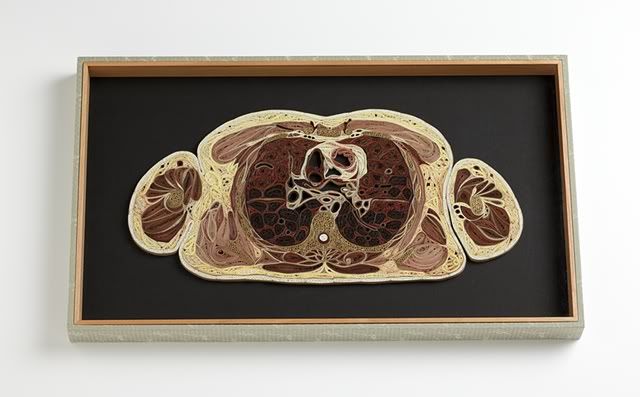
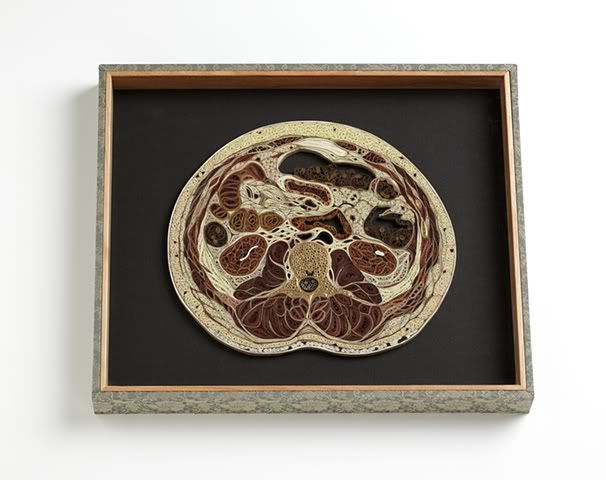
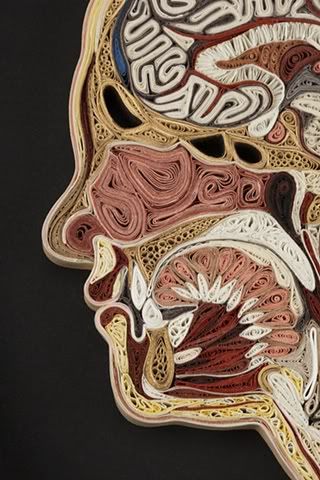
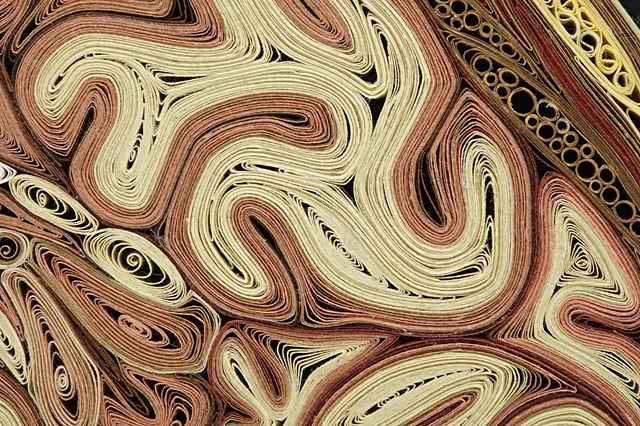
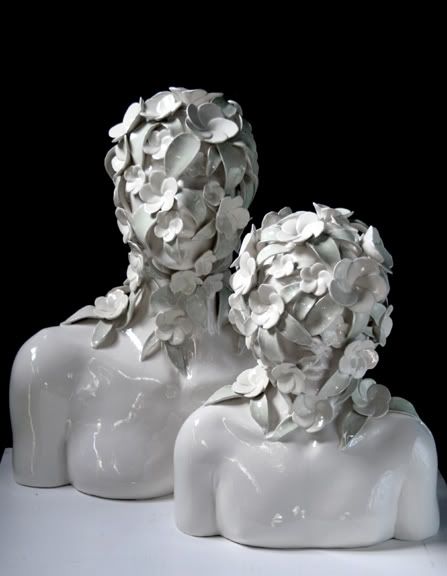
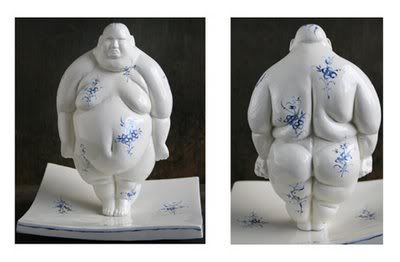
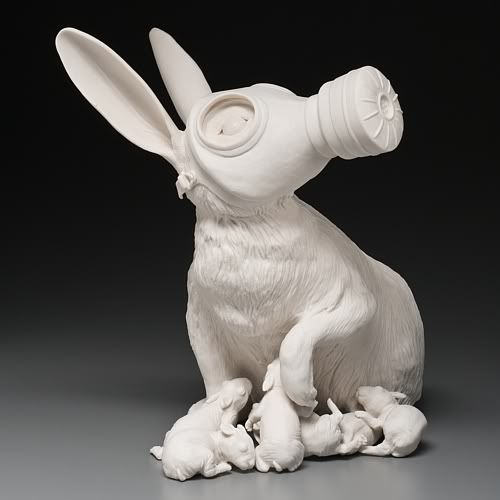
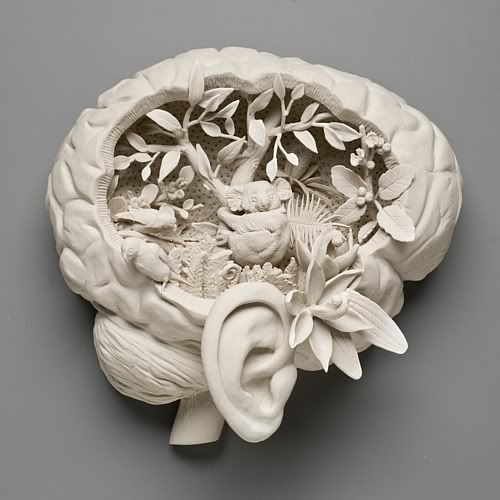

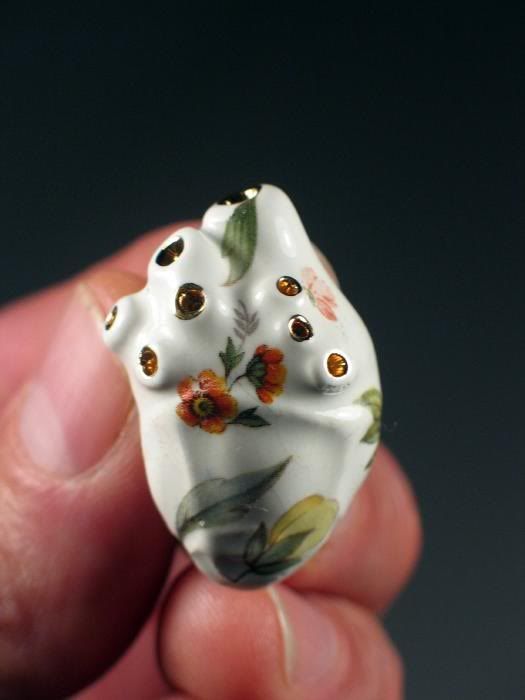 Local Toronto artist
Local Toronto artist 